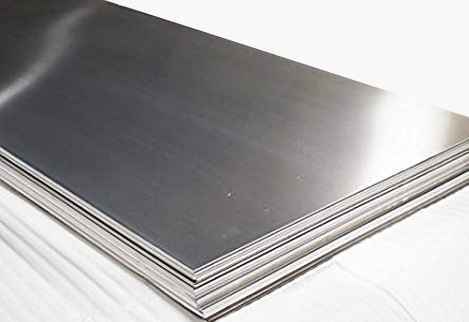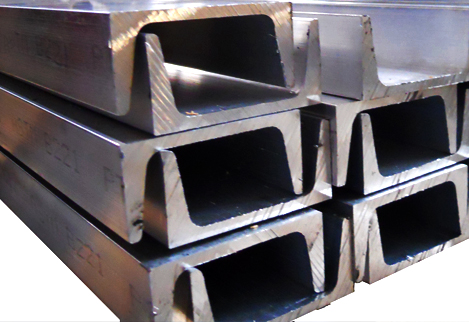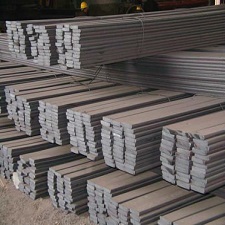Per year the market for steel increases by a staggering 5%. Global manufacturing in 2019 was more than 52 million tonnes.
A wide variety of companies are currently using stainless steel. In addition to conventional and maritime houses, household equipment is also being extended.
While steel has a higher cost than Stainless Steel Plate, its excellent properties contribute to higher lifetime and lower cycle costs. The higher initial costs are therefore paid over the long term.

This article examines this metal more closely and what makes it so common in various industries.
What is Stainless Steel?
We recognize that iron and carbon alloys with a maximum carbon content of 2,1 percent are made from coal. Stainless steels are a category of corrosion-resistant steels by adding alloying components.
A family of about 200 steel alloys with exceptional heat and corrosion-resistant properties is called stainless steel. The carbon rate will vary between 0.03% and 1.2%.
The high volume of chromium is its distinguishing attribute. In Stainless Steel Singapore, the resistance and strength of at least 10.5% of chromium were increased.
As exposed to sunlight, chromium in the alloy forms an oxygen passive barrier. The alloy is effectively rustproof as it protects from further corrosion. This mechanism allows for a long period of time under regular working environments to be retained without a spot.
Benefits of Stainless Steel
In different sectors, the revolutionary Steel Company In Singapore has been used for over 70 years with remarkable performance. With each passing year, more implementations are found as its advantages become more widespread.
As demand rose, supply became more inexpensive than ever before. Increased demand means both regular and non-standard sizes are available. There are also a wide variety of steel finishes to choose from.
A wide variety of built and colored surfaces are available in addition to polished finishes. This allows you to find an appropriate option for your needs.
Besides, 100% recyclable is in stainless steel. Half of the production of stainless steel is made of scrap metal. This makes it very environmentally conscious.
Use-Cases
Stainless steel is a very flexible tool. It is preferable to have tandem the characteristics of steel and corrosion resistance.
Its original application in derivatives was due to its corrosion resistance. Next, the chemical industry found its way. Today, we see pretty much all over stainless steel.
The use cases are industry-specific. For example, tiny parts for wristwatches are made. Broad panels will at the same time cover entire buildings with a certain surface finish.
Concert Hall Walt Disney
Any sectors that make heavy use of stainless steel:
- Catering and food
- Chemicals and medical goods
- Manufacture of medical devices
- Architecture and houses
- Home Equipment
- Shipbuilding and offshore
- Manufacture of automobiles
- Industry & Energy
Conclusion
In addition to standard steel properties, Stainless steel brings corrosion and heat resistance. It offers all the benefits of steel along with a couple of its own. It doesn't corrosive quickly, lasts well in harsh conditions, and lasts longer.
But the fact that it is stain-free is not entirely accurate. First of all, the corrosion resistance depends on the level. However, it may be irreversible to stain an abnormal environment such as insufficient oxygen, inadequate ventilation, and high salinity.
Given the above dangers, stainless steel is a wonderful commodity that has a very good effect on the whole industry. Thanks to too many grades, there is still a grade that is suitable for submission. To ensure cost-effective investment, it is important to select the grade wisely.


